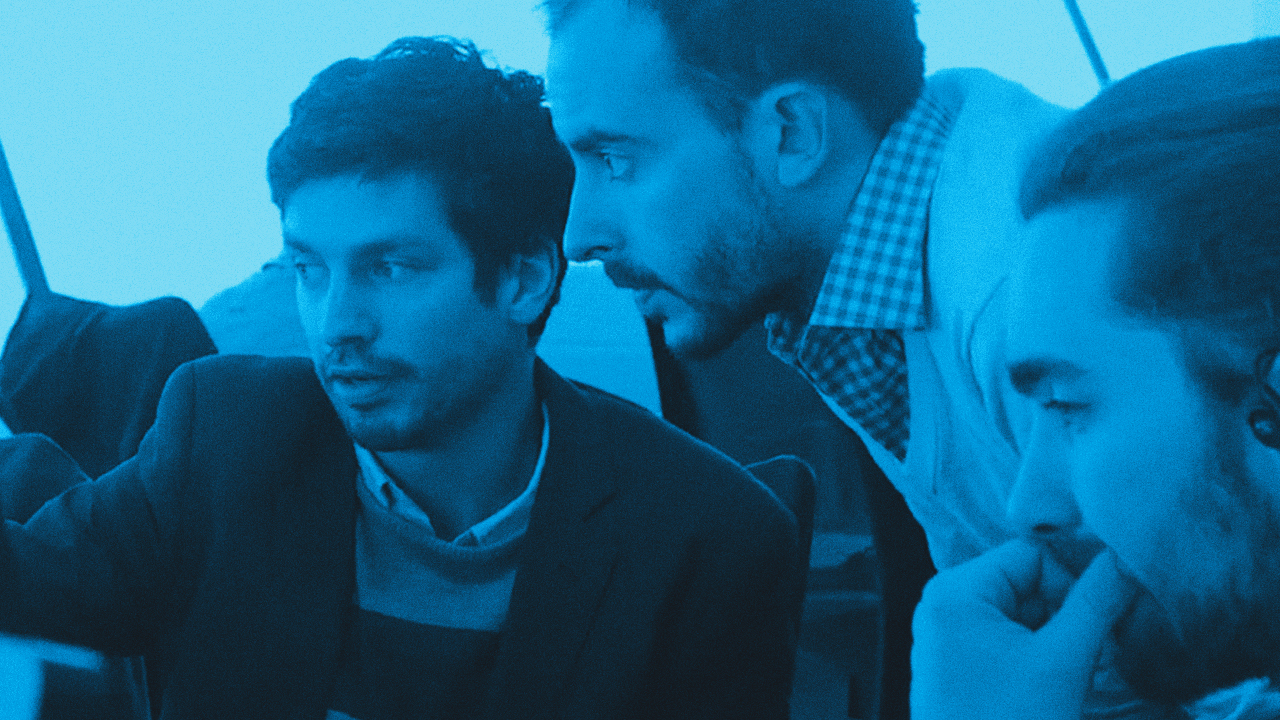‘More transparent forex is a race to the bottom’: How Kantox’s technology automates FX exposure for SMBs
The forex trading social network (podcast)
On Tradestreaming Radio, we’re interviewing lots of innovative entrepreneurs, investors, and researchers all trying to make investors better at what they do. Check out our archives. Subscribe on iTunes.
Today’s guest on Tradestreaming Radio is Dave Lemont, CEO of social network forex trading platform, Currensee.com
Currensee was founded on the assumption that the traditional way forex traders shared and learned from one another — the message boards — was broken.
Enter the social network for currency traders. First, Currensee required that all members open an active trading account, allowing the company to audit results.From there, the company introduced auto-trading, the ability to link a user’s account to another’s and have all trading replicated. Experts — trade leaders — bubble up and make money by helping others make money.
We’ll see how the company evolved and how forex traders are using new media to book profits for their own accounts and enable others to do the same.
Timing is good — Currensee announced the unveiling of its Currensee Portfolio Builder™ at finance-tech conference, FinovateSpring2011. The company announced today:
Portfolio Builder will give investors the ability to assess and manage potential performance and risk before investing. The Currensee Portfolio Builder gives investors access to an innovative, real-time graphical display that helps them build, preview and test different investment scenarios so they can create balanced and diversified portfolios.
Listen to the whole program
More resources
- Click here if you don’t see the player above
- Currensee (website)
- Dave Lamont’s bio
Even more resources
The new new carry trade in the age of derivatives
Investors have made money for decades by borrowing in one currency with a low interest rate and exchanging it into a higher interest rate currency. Called the carry trade, it made a lot of people of lot of money. 
A new paper out by Della Corte, Sarno and Tsiakas has found another way to profit off the carry trade. These economists use the forward volatility in foreign exchange to derive a very profitable strategy. According to their research, Spot and Forward Volatility in Foreign Exchange, investors can buy and sell what’s called a forward volatility agreement (FVA).
Simply put (kinda), thes FVAs attempt to predict future volatility in a certain currency. More specifically, the FVA sets a forward implied volatility by making a guess about future spot implied volatility. These guesses tend to be wildly off:
Forward volatility is a poor predictor of future spot implied volatility
So, if forward vol is a bad predictor of future vol, investors can design strategies to take advantages of this.
For example, buying (selling) FVAs when forward implied volatility is lower (higher) than current spot implied volatility will consistently generate excess returns over time.
Interesting idea — as for me, I’ll stick with momo stocks like $AAPL and $PCLN but this sounds like a promising strategy for forex traders.
Source
Della Corte, P, L Sarno, and I Tsiakas (2010), “Spot and Forward Volatility in Foreign Exchange”, Journal of Financial Economics, forthcoming. Centre for Economic Policy Research Discussion Paper 7893.









